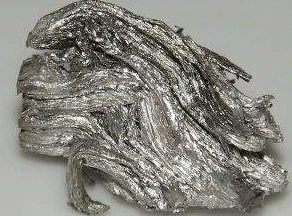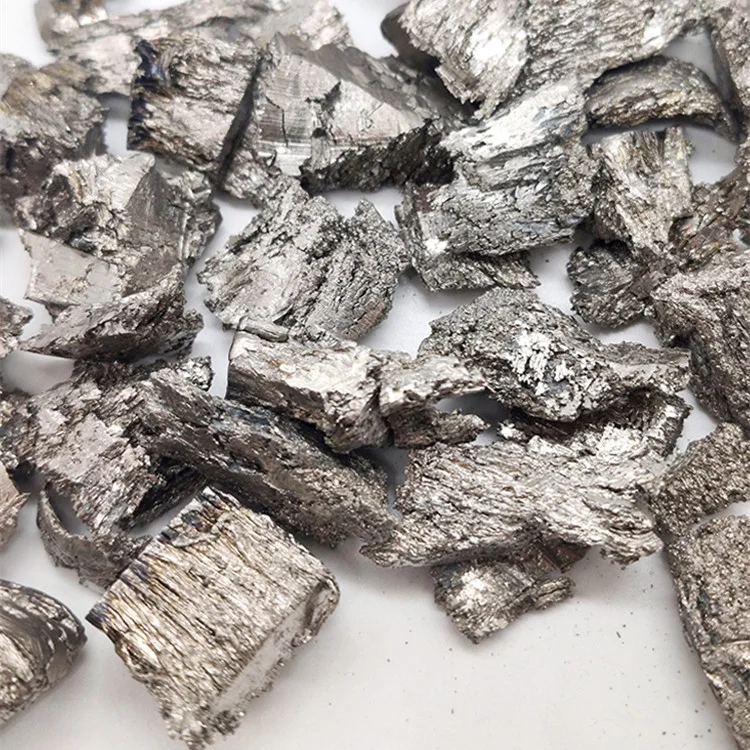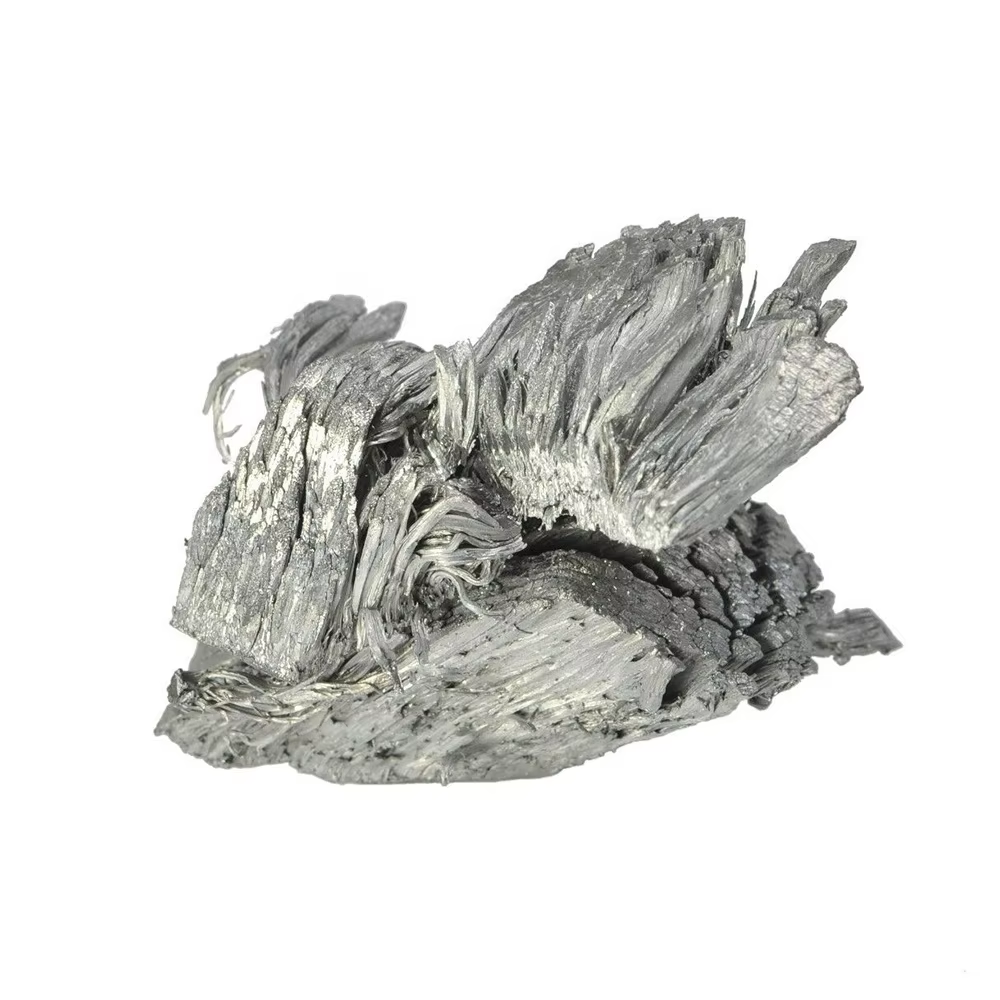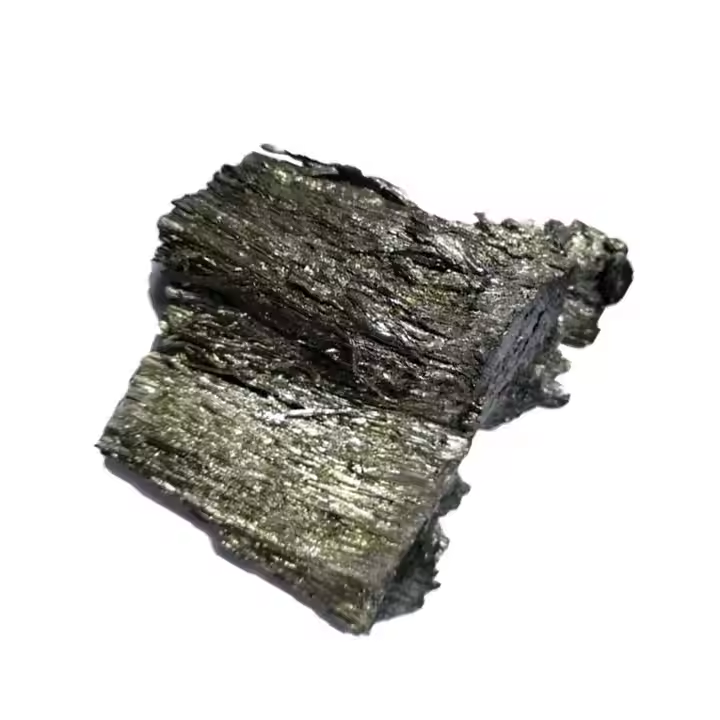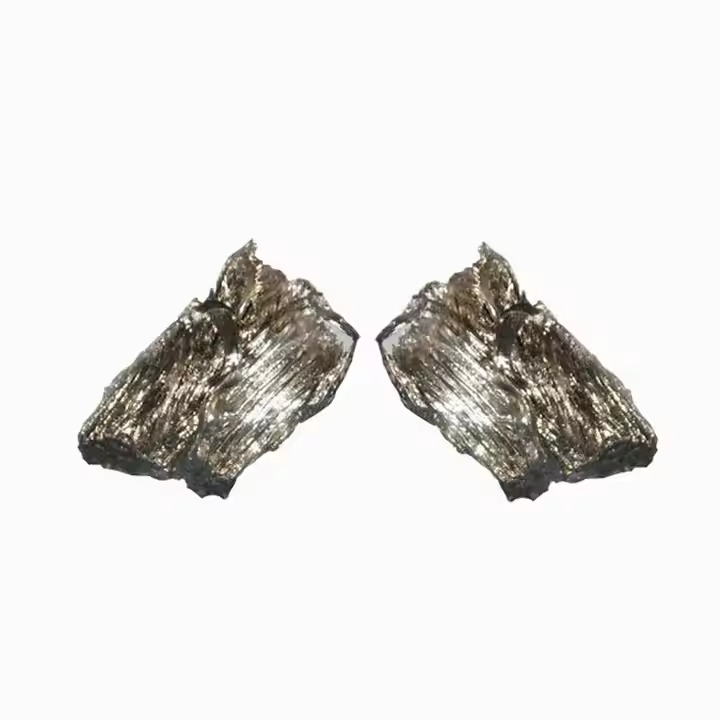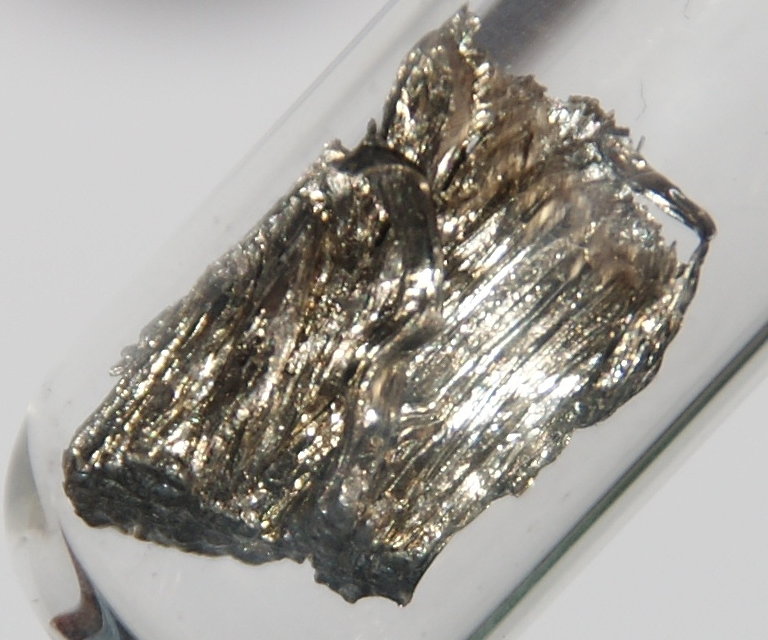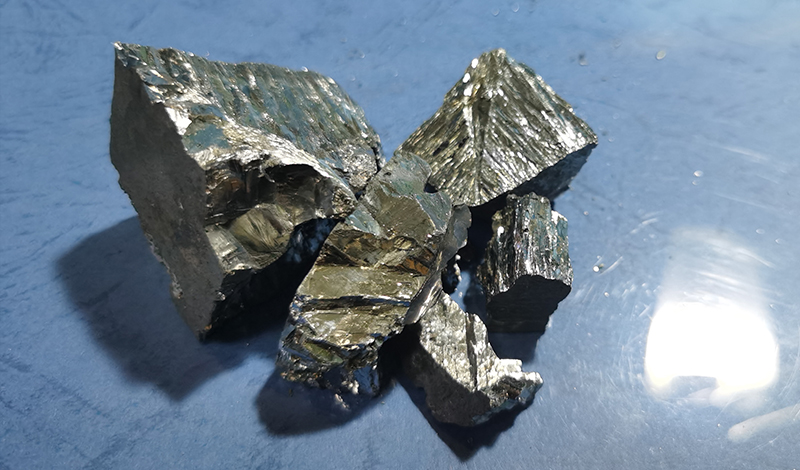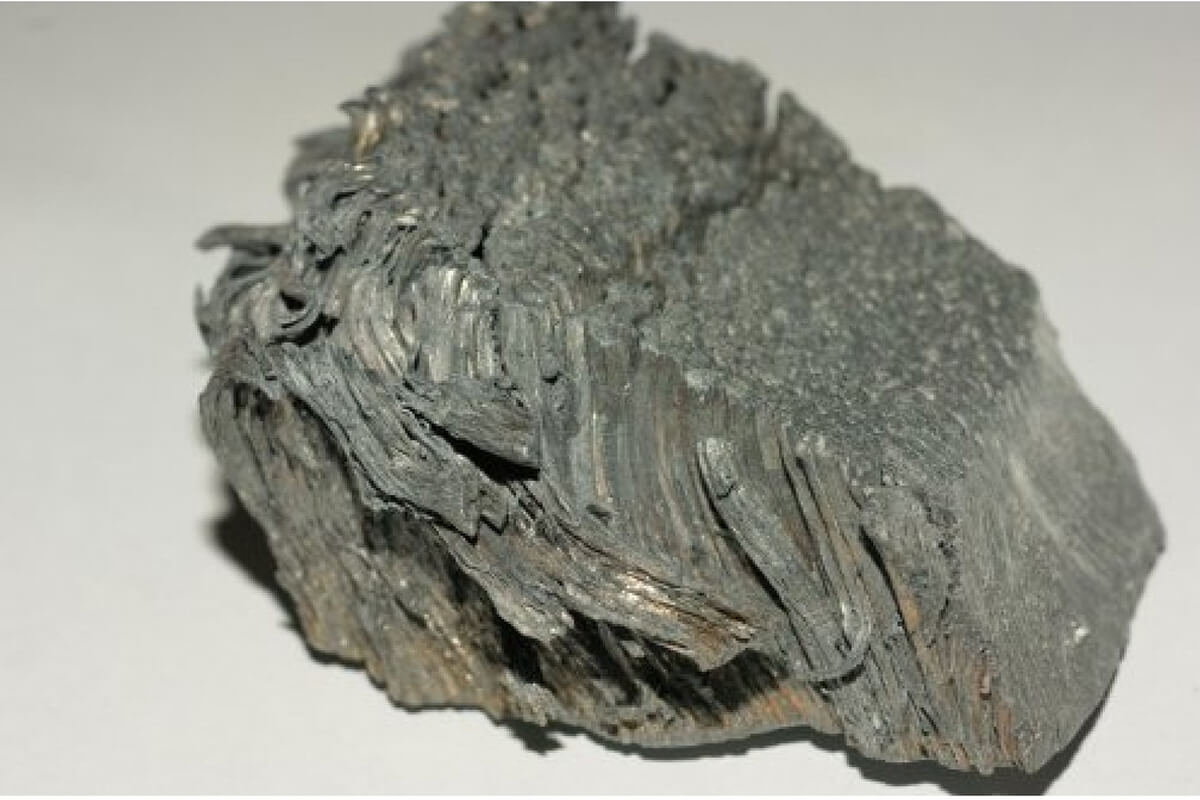Description
Samarium is a rare earth element, classified as a lanthanide with the chemical symbol Sm and atomic number 62. First discovered in 1853 by the French chemist Paul Émile Lecoq de Boisbaudran, samarium is often found in the mineral samarskite, from which it derives its name. It is a silvery-white metal that is relatively stable in air, although it can oxidize to form a dark oxide coating when exposed to moisture. Due to its unique properties, samarium plays a vital role in various industrial applications, particularly in the manufacture of powerful permanent magnets, such as samarium-cobalt magnets, valued for their high resistance to demagnetization at elevated temperatures.
In addition to its uses in magnets, samarium is also prevalent in the fields of nuclear technology, electronics, and as an additive in lightweight alloys. Its ability to absorb neutrons makes samarium an attractive material for control rods in nuclear reactors, helping to manage and maintain safe fission reactions. Furthermore, samarium compounds find utility in the production of phosphors for color television tubes and LEDs, as well as in various catalysts and chemical reactions.
Despite its wide-ranging applications, samarium remains relatively rare and is typically extracted from ores containing higher concentrations of rare earth elements. As the demand for advanced materials continues to rise, the importance of samarium is likely to grow, particularly in emerging technologies such as electric vehicles and renewable energy systems. The ongoing research into the recycling and sustainable sourcing of rare earth elements, including samarium, is essential for maintaining a stable supply while minimizing environmental impact. As we progress further into the 21st century, samarium stands out as a key player in the evolving landscape of technological advancements.

